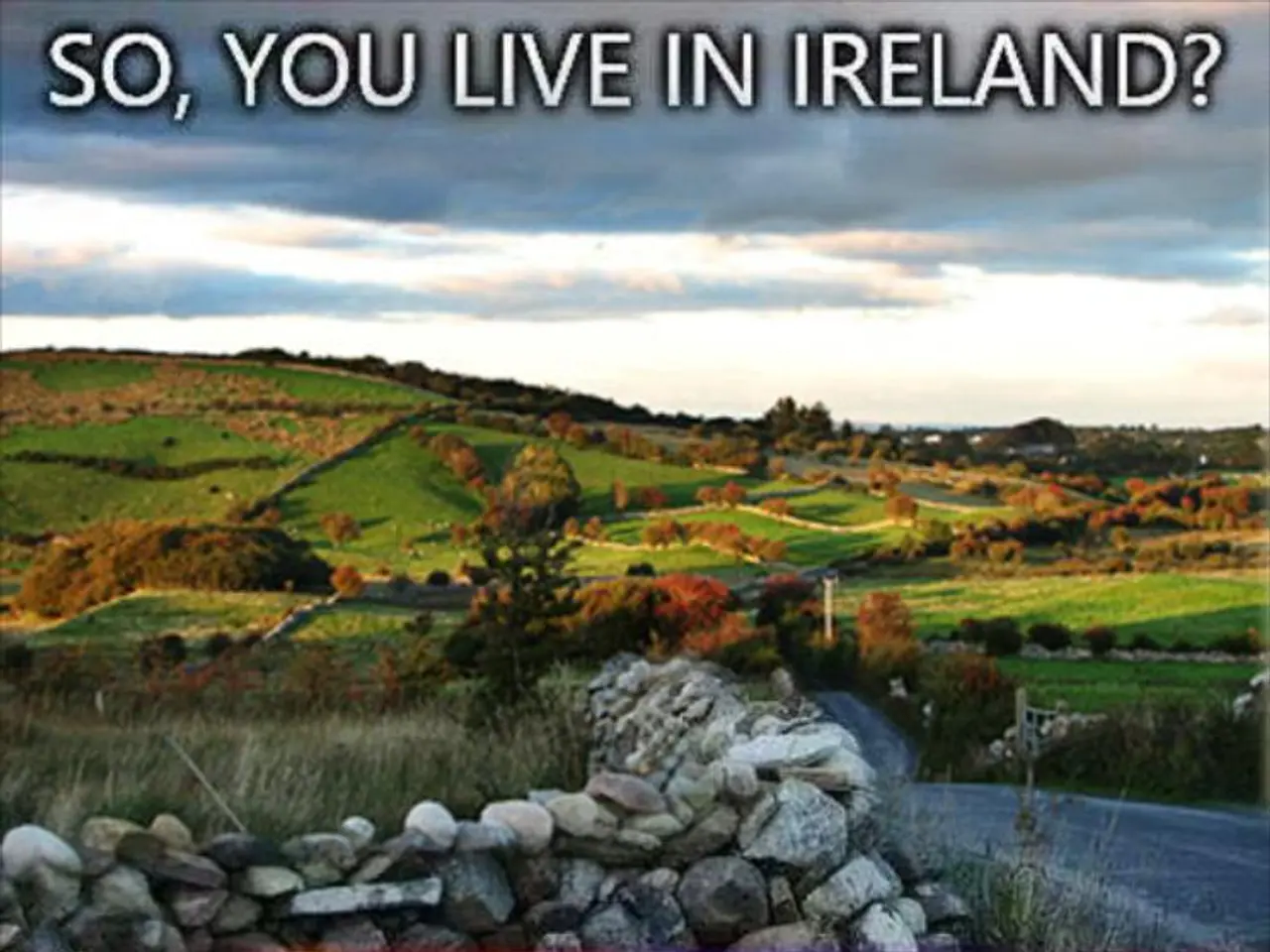Weekend precipitation in wildfire-affected Los Angeles raises concerns about potential landslides
In the aftermath of the Palisades Fire, Eaton Fire, and Hughes Fire in Los Angeles, the city is bracing for rain showers starting this Saturday afternoon. However, these rainfall events could bring a new threat, as they increase the risk of mudslides and other hazardous conditions, especially in burned areas.
Climate scientist Danielle Touma from the University of Texas at Austin highlights the need for proactive measures to mitigate risks and protect vulnerable areas. She explains that the loss of vegetation and the formation of a hydrophobic soil layer in post-wildfire landscapes are the key factors elevating the debris flow risk.
The absence of vegetation on burned land exacerbates the issue, as rainwater is not effectively absorbed. Fires reaching temperatures over 1,000°F can produce a waxy hydrophobic coating on soil, making it as impermeable as pavement. This prevents rainfall from soaking into the ground, causing rapid runoff that can trigger fast-moving debris flows—slurries of mud, rocks, and sediment—that travel downhill like flash floods.
The primary concern is the possibility of mudslides and other hazardous conditions that may arise. Meteorologist Kristan Lund from the National Weather Service's Los Angeles office has issued this forecast, urging residents to stay vigilant.
Experts are cautiously monitoring the situation, as the combination of wildfires and heavy rains is likely to become a recurring scenario. This underscores the importance of preparedness and resilience in the face of environmental challenges. The collective efforts of experts, officials, and residents are crucial in safeguarding communities and minimizing the potential damage caused by natural disasters.
Moreover, meteorological conditions and climate change may lead to more frequent post-fire debris flows in the future, posing ongoing challenges for recovery efforts and public safety. The threat of debris flows will persist beyond this weekend, necessitating ongoing vigilance and strategic planning.
In summary, the two key post-wildfire changes that elevate debris flow risk during rain in Los Angeles are:
- Loss of vegetation, reducing soil stability and interception of rain.
- Hydrophobic soil formation, dramatically reducing water infiltration and increasing surface runoff.
These conditions combined with the region’s steep topography and intense rainstorms lead to heightened susceptibility to flash flooding and damaging debris flows. Debris flows in burned areas are a significant concern due to the lasting impact fires have on the landscape.
The rain showers are expected to aid in containing the ongoing fires, but they will not completely eliminate the region's fire risk. As Los Angeles prepares for the weekend's rain, it's essential to remember that the combination of wildfires and heavy rains can result in hazardous conditions. Stay informed, stay safe, and stay prepared.
- The loss of vegetation after wildfires, such as those seen in Los Angeles, can lead to reduced soil stability and less effective rain interception, thereby increasing the risk of debris flows.
- Climate change and intense rainstorms, combined with the formation of hydrophobic soil layers in burned areas, contribute to the heightened susceptibility of Los Angeles to damaging debris flows.
- As environmental science experts and meteorologists have noted, the combination of wildfires and heavy rains is likely to become a recurring scenario, requiring continued efforts in preparedness and resilience to mitigate the risks and protect communities from potential damage caused by natural disasters like debris flows.








